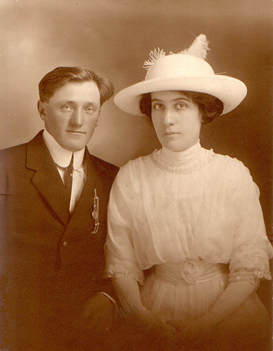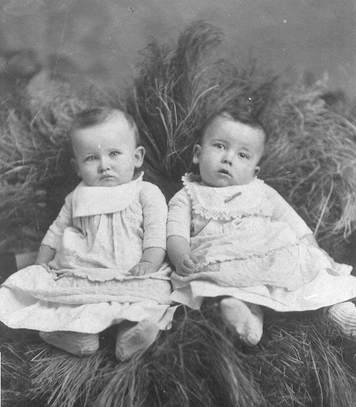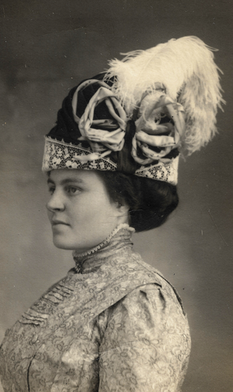|
As I sit at my desk while a ridiculously early winter storm is bearing down on the region, I’m trying to remember all the things I do like about winter. There are very few… One of my favorite things when I’m stuck indoors is family history research. Writing down those family stories is a great way to spend a day, an evening or weekend when the weather outside is no longer as enticing. Having you written down some family stories from interviews, research or memories? Let’s look at ideas to help us take that first step. Before you start feeling discouraged that you haven't written down the stories yet, take time to give yourself credit for the things that you have accomplished. Did you find some key family history data this summer? Or perhaps discover an old scrapbook or a diary? Or have you finally scanned all those old pictures? Was there a family reunion to connect with relatives? Did your DNA results point to new branches of your family? Whatever you accomplished…congratulations! All these activities will help you add layers to your story.
Beginning is the most difficult part of any project. Here are some thoughts of how to get started. You know the adage…How do you eat an elephant? One bite at a time. While hopefully none of us are elephant eaters, it does remind us that large projects are best accomplished in bite-sized pieces. I like to think about the 5 “W” s when planning out a project. Planning and understanding the who, what, when, where and why.
One of my favorite things to do is read other people’s family histories. I love to see how creative people have been in sharing their stories, pictures and history. Check in local archives or your library for published histories. Now that self-publishing is more readily available and not as cost prohibitive, I think we’ll see more professionally published histories from fellow researchers. Such a gift for their families and other researchers. To give you some examples of ways that you can write your story, I’ll share a few histories that I think do a nice job of balancing the history of a family with readability.
There are so many ways to share your research and history with others. The key is to start. Give yourself some time to think about what you’d really like to accomplish. Write a short bio about one of your grandparents. Or write down some memories from your childhood. Your descendants will appreciate that you wrote down the story—whether it is published in leather-bound book or a typed manuscript or shared in a notebook. The point is to write down the stories before they are lost. Happy writing! “We are all stories in the end, just make it a good one eh?” -- The Doctor, Season 5, Episode 13
0 Comments
Leave a Reply. |
AuthorWith a lifelong passion for genealogy and history, the author enjoys the opportunity to share genealogy tidbits, inspiring others to research and write their family story. Archives
July 2024
Categories |




 RSS Feed
RSS Feed